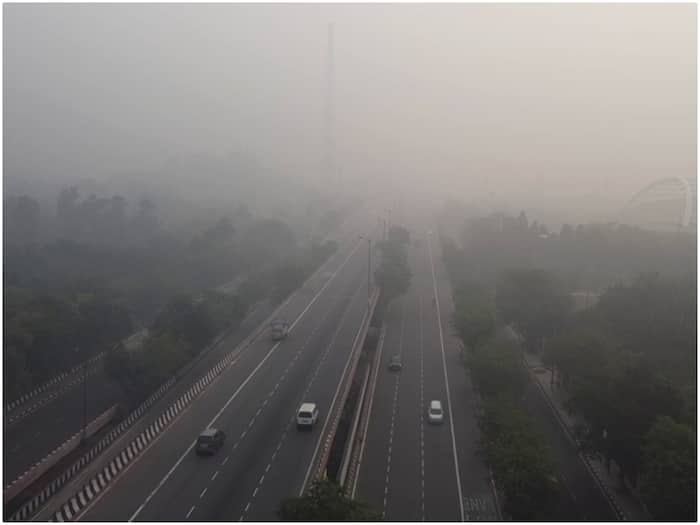Pollution in Delhi: Center postpones stricter pollution restrictions for now, current restrictions remain; Reason here
A sub-committee of the Air Quality Management Commission (CAQM), a statutory body responsible for planning air pollution control measures in Delhi-NCR, assessed the situation on Saturday, the Environment Ministry said.
New Delhi: After deciding to implement stricter pollution control measures in the national capital, the central government has decided to wait and see before taking stricter measures under the Phase IV norms. For those unaware, the Central government on Friday decided to implement Grade III pollution control measures amid deteriorating air quality in the Delhi-NCR region. It is to be noted that under the current mandate, there is a ban on non-essential construction work and driving of BS-III petrol and BS-IV diesel four-wheelers.
Report of the Subcommittee of the Commission on Air Quality Management
A sub-committee of the Air Quality Management Commission (CAQM), a statutory body responsible for planning air pollution control measures in Delhi-NCR, assessed the situation on Saturday, the Environment Ministry said.
Noting that the GRAP Phase III restrictions had only been implemented a day ago, the committee decided to wait and observe the impact of the measures implemented under Phase III before considering more severe measures under Phase IV, the committee said.
Phase details of the Graded Action Response Plan (GRAP).
The Graded Action Response Plan (GRAP), the central government’s air pollution control plan for Delhi-NCR, categorizes actions into four phases: Phase I – Poor (AQI 201-300); Stage II – Very Poor (AQI 301-400); Stage III: severe (AQI 401-450); and Stage IV – Severe Plus (AQI above 450).
The overall status of Delhi’s air quality index
Delhi’s overall air quality index (AQI) rose to around 450 on Saturday afternoon. An AQI between zero and 50 is considered ‘good’, 51 and 100 ‘satisfactory’, 101 and 200 ‘moderate’, 201 and 300 ‘poor’, 301 and 400 ‘very bad’, 401 and 450 ‘severe’ and above 450 ‘severe-plus’. According to the CAQM, unfavorable meteorological conditions, including fog and haze, and low wind speed are the main causes of the sudden spike in Delhi’s daily average AQI.
(With input from agencies)


